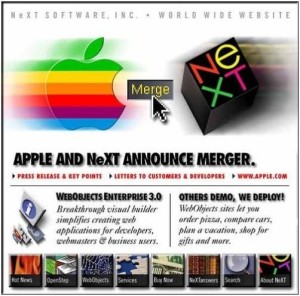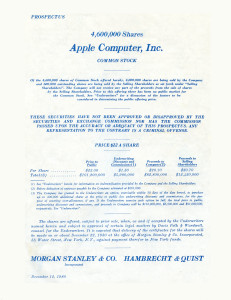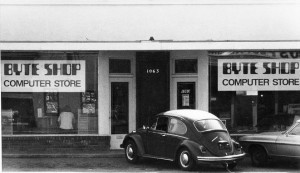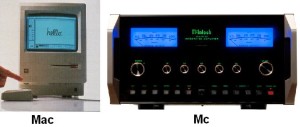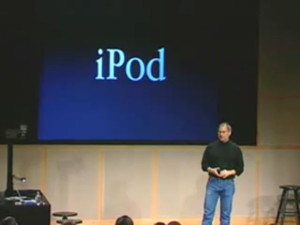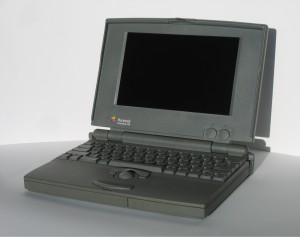Apple
Apple Computer Grows Up
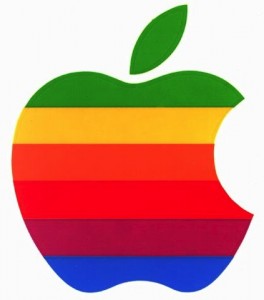
January 3, 1977
Less than one year after its founding, the world’s first personal computer company, Apple Computer, Inc. is incorporated. Pictured is the original Apple Computer, Inc. logo from 1977. The “Rainbow Apple Logo” was used through 1999.
Apple Announces Purchase of NeXT
In a surprise move at the time, Apple Computer Inc. announces their intention to purchase Steve Jobs’ company, NeXT, and bring Steve Jobs on board as an advisor to CEO Gil Amelio. The purchase was completed on February 4th of the next year and brought with it the core technology that formed the basis of the future Mac OS X operating system, which itself is the foundation of the iOS operating system that runs the iPhone, iPad, and iPod Touch. Along with the leadership of future CEO Steve Jobs, the resurgence of Apple in the 2000’s and the emergence of The New World of Technology can be traced back to this major event in technology history.
Apple’s IPO Makes Forrest Gump Rich
Apple Computer holds their initial public offering, selling 4.6 million shares at $22 per share and turning more than 40 Apple employees and investors into instant millionaires. With the stock value closing at $29, the market capitalization puts the company’s worth at $1.778 billion. Stock held by Steve Jobs is worth $217 million, Steve Wozniak $116 million, and Mike Markkula $203 million. This was the largest IPO in the US since the Ford Motor Company in 1956. Oh, to have gotten a piece of that fruit company back then!
The Byte Shop Opens
Paul Terrell opens the Byte Shop in Mountain View, California, one of the first retail computer stores in the world. Besides that important distinction, Paul Terrell and the Byte Shop are most famously known for ordering the first 50 computers from Steve Jobs and Steve Wozniak’s fledgling Apple Computer company in 1976. As the story goes, the Steves initially intended the Apple I to be a kit, where buyers would solder together the chips onto the circuit board themselves. Terrell requested that instead they deliver fully-assembled computers as he was having trouble selling other kits to people who couldn’t put them together themselves. By insisting on a fully-assembled computer (even though the Apple I still lacked a case, power supply, and keyboard), Terrell helped shape the future direction of Apple and the entire personal computer industry. The Apple II was the first personal computer to be manufactured and sold as completely assembled units, making them accessible to the average user, thus igniting the personal computer revolution.
Apple Sues over QuickTime
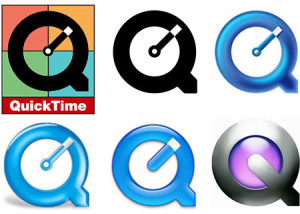 December 6, 1994
December 6, 1994
Apple sues the San Francisco Canyon Company alleging they helped Intel and Microsoft steal code developed under contract for QuickTime for Windows.
Apple first released QuickTime for the Macintosh in December 1991 and then contracted the San Francisco Canyon Company to port QuickTime to Windows in 1992. Microsoft’s competing Video for Windows technology was not as advanced as Apple’s QuickTime, even when it came out a year after QuickTime. In 1993, Intel hired the San Francisco Canyon Company to help them optimize their own video technology. Later in 1993 Intel and Microsoft combined their efforts to improve Video for Windows, releasing a version that was significantly improved and roughly matched the quality of QuickTime. Apple discovered that code developed by the San Francisco Canyon Company for QuickTime was also present in the improved version of Video for Windows and sued the San Francisco Canyon Company in 1994. In 1995 Apple expanded the lawsuit to include Intel and Microsoft, claiming that the companies knowingly used the San Francisco Canyon Company to help them steal the QuickTime code. It was later revealed that Apple was threatening Microsoft with a multi-billion dollar lawsuit, that was famously settled by Steve Jobs and Bill Gates in 1997. This settlement is now believed to have helped Apple survive long enough to transform themselves in the 2000’s, ushering in the mobile device revolution and The New World of Technology.
Apple Releases QuickTime
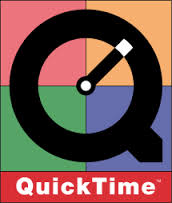 December 2, 1991
December 2, 1991
Apple releases version 1.0 of QuickTime, a multimedia extension for playing color video, transforming the capabilities of personal computers. Before QuickTime, only specialized computers could play color video. QuickTime allowed anyone with a personal computer to do so and it changed the history of computing – in more ways than one. It was the patent infringement battle over QuickTime that led to the now-famous truce between Steve Jobs and Bill Gates in 1997 that helped Apple survive long enough to transform itself in the 2000’s.
Steve Jobs Writes a Letter
November 16, 1982
Steve Jobs writes a letter to McIntosh Labs asking for rights to use “Macintosh” as the brand name of Apple’s still-in-development computer. McIntosh Labs makes high-end stereo equipment, and while Jef Raskin, creator of the Macintosh project, intentionally spelled the name with a letter “a” to differentiate Apple’s computer from McIntosh’s audio products, Apple was denied a trademark because the name was phonetically identical. Since the Macintosh team had become attached to the name, Steve Jobs wrote the letter hoping to get permission or a licensing arrangement. Gordon Gow, president of McIntosh Labs visited Apple headquarters for a product demonstration after receiving the letter. However, McIntosh lawyers advised Gow to rejected the request. It wasn’t until March of 1983 that Apple secured a license for the name Macintosh. In 1986 Apple wholly acquired the trademark for an undisclosed “substantial” amount of money.
The Day the Music Was Reborn
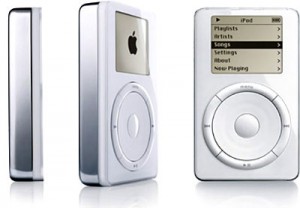 November 10, 2001
November 10, 2001
Apple ships the first iPod, the device that changed the course of both the music and technology industries. Of course, at the time, most “experts” could only focus on the fact that other devices cost less and may have had more impressive technical specs. Sort of like they do today. I guess when it comes to “experts” and Apple devices, they haven’t learned their lesson yet!
1000 Songs in Your Pocket
Using the slogan, “1000 Songs in Your Pocket,” Steve Jobs introduces the original iPod, featuring a 5 GB hard drive, Firewire connectivity, and synchronization to iTunes. By using a 1.8″ drive, the iPod was significantly smaller than competing MP3 players of the time. The Firewire port allowed simultaneous charging and high-speed music synchronization, innovative for its time. At the time, the original iPod only worked with Macintosh computers. However, the popularity of the iPod among Windows users – who had to hack together a solution to use it with their computers – prompted Apple to release a Windows compatible version in the second generation of iPods. With the introduction of the iTunes Music Store in June of 2003, the runaway success of the iPod completely changed the landscape of the music and computer industry.
Apple Introduces PowerBook
At the COMDEX computer expo in Las Vegas, Apple introduces the first line of PowerBook notebook computers, the PowerBook 100, PowerBook 140, and PowerBook 170. The first truly portable Macintosh, the PowerBook line redefined portable computing and set the bar for future laptop designs. For example, the PowerBooks were the first laptop to have a trackball positioned in front of the keyboard. Most existing PC laptops of the time ran DOS and were therefore keyboard-oriented, requiring the use of external mice.

